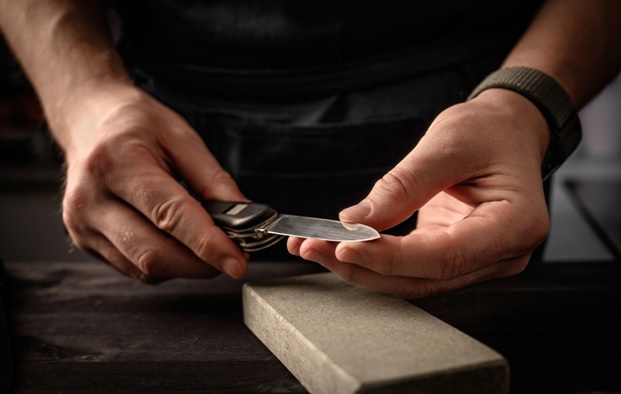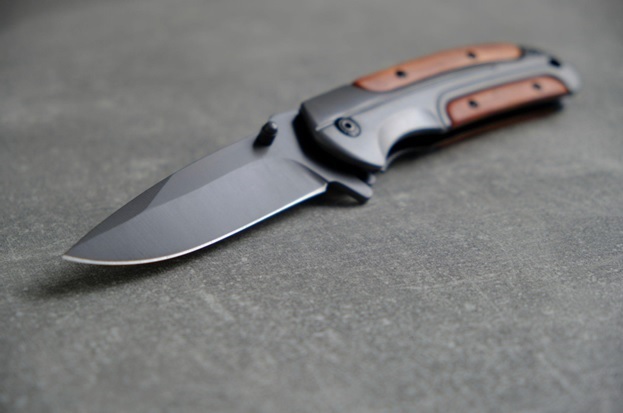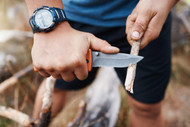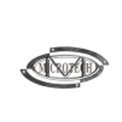5 (General) Things You Need to Know If You Carry a Folding Utility Knife
12th Dec 2024
Let’s just start this off by saying that there’s a very good reason that all the quality listicles that chronicle and detail the most important tools put “knife” at the very top.
It’s because in terms of versatility and practicality, a knife is the simplest, most effective tool out there for a wide range of tasks.
Now, not to mince words. There are things a knife can’t do, and there are many specialized tools that can do things much better than a knife could.
But in terms of sheer versatility and indispensability, well, the simple knife has the edge - no pun intended.
Now, for many of us, carrying a fixed blade is off the table, either due to constraints of practicality or legality.
So we choose a folding utility knife for everyday carry instead.
Now, with carry comes with responsibility; so here are 5 basic things you should know about if you carry a folding knife.
How to Sharpen It

A sharp knife is a safe knife. That’s how the saying goes, because if a knife is dull, you are more likely to strain, and when you strain, you are more likely to slip and cut yourself.
But a knife does not sharpen itself, and knowing how to sharpen one the most elementary (yet the most essential) of knife skills, besides, of course, observing safe use and handling.
Just exactly how to sharpen your folding pocket knife is something we won’t get into here, simply because we have published on it at length in the past.
You can learn all about how to get a true razor’s edge in that post. What you’ll need are a series of sharpening stones (natural and synthetic stones are both fine) or a sharpening system.
If you have a recurved blade or a talon or karambit-style knife, you’ll need a sharpening rod, too, as these knives can’t be sharpened on flat stones.
How to Strop It
Stropping is a counterpart to sharpening. By sharpening a knife you can get it sharp; by stropping, you can get it sharp enough to shave with.
You can’t strop your knife on your stones. This process refers to aligning all of the microscopic serrations on the blade so that it cuts cleanly.
Basically, sharpening is removing material to create a new edge, and stropping is “smoothing” the edge out, for lack of a better expression.
Anyway, after sharpening, give your knife a few passes over a piece of leather, cloth, or cardboard. Do so by laying the knife flat against the material and drawing toward the spine, away from the edge.
This will do the job and make it sharper than you’d ever be able to get it with just a stone.
How to Clean and Maintain It
Knowing how to clean your folding pocket knife is just as important as using it responsibly. If you don’t clean it, it will rust or lint and dust will clog up the inner mechanism, interfering with the pivot and lock mechanisms.
- After use, rinse the knife off thoroughly, especially if it was used around saltwater.
- Never store your knife wet.
- Use compressed air to blast out the lint and dust from inside the knife’s liners and around the pivot mechanism.
- Every once in a while, take the knife apart and give it a deep clean. Always thoroughly dry before reassembly.
- Periodically tighten the screw that secures the pivot mechanism to prevent it from loosening.
Not to Use Too Much Oil (If You Use Any)
After a while, it can be tempting to put a drop or two of oil in the pivot mechanism to keep it swinging smoothly, but as a general rule, this is counterproductive.
For the most part, you should be able to restore fluid functionality to the pivot by completely disassembling the knife, cleaning it, and putting it back together.
But, if the pivot is still sticky, consider adding a drop or two of gun or machine oil. Just use as little as possible because oil is sticky and will trap dust and lint, making the problem worse in the long run if you overdo it.
What Not to Do with It

Lastly, there are some things you should never do with a folding utility knife, either because it is patently unsafe or because the task should be reserved for a larger fixed blade or some other dedicated tool.
For instance, you should:
- Never throw your folding pocket knife
- Never use it as a baton
- Never use it as a pry bar or a hammer
- Never put it in the dishwasher
This list is not complete - for a full list of things you should never do with your folding pocket knife, see the previous link.
And of course, use your best judgment. If you ever think “Should I be doing this?” then the answer is probably no.
Here for a New Folding Utility Knife?
If you’re here for a new folding utility knife, we carry the best knife brands in the business and the most popular models, along with plenty of White Mountain Knives exclusives.
Check out our full collection of brands and if you are looking for something specific that you don’t see listed here, get in touch with us.









